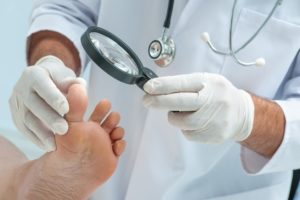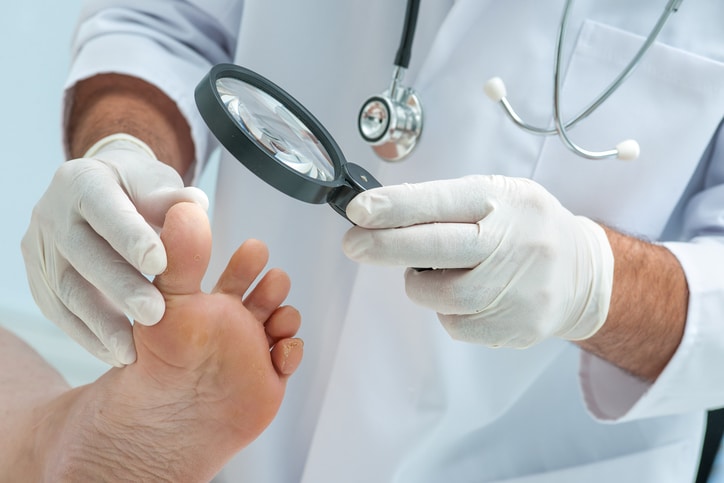
Everyone knows now that the sun’s ultraviolet radiation damages our skin. You no longer see ads with the famous Coppertone girl and her deep tan and tan lines. No one is heading to the rooftop with a bottle of baby oil to “bake” in the sun (at least we hope not!).
The key to beating skin cancer is to catch it early. Toward that end, Summit Healthcare wants our patients to know the warning signs of skin cancer, particularly melanoma. And it all starts with those ABCs. But first, here’s some additional information on the types of skin cancer, who gets it, and why.
Who Gets Skin Cancer?
When some of us go to a dermatologist, it seems the doctor uses up an entire bottle of liquid nitrogen spraying our pre-cancerous lesions. But others, despite having spent plenty of time out in the sun, seemingly never have anything sprayed, much less cut off. Why is this? It all comes down to melanin. Melanin is the pigment in the skin that helps protect it from the sun. Melanin is what is responsible for turning the skin a darker tone (tanning) after receiving sun exposure. This is a protection mechanism.
The problem is, people with fair skin have less melanin so they are less protected. The ultraviolet rays from the sun can alter the genetic material in skin cells, causing them to mutate into cancerous cells. Studies estimate that 40 to 50% of people with fair skin (who live to be at least 65 years of age) will develop at least one skin cancer in their lives. This is probably even a higher ratio if you’ve spent a good deal of your life in Arizona.
Different Cancers
Squamous cell carcinomas and basal cell carcinomas are more common than melanoma and they come from different types of sun exposure. Squamous and basal cell carcinomas are the result of the amount of overall sun exposure. Fair-skinned people who spend a lot of time outdoors will likely develop one of these two skin cancers. Melanoma, the most dangerous type of skin cancer, isn’t thought to be due as much from the amount of overall sun exposure, but from the intensity. It is believed that melanoma is triggered by the scorching sunburns where the person’s skin blisters and peels afterward. Research has shown that just one blistering sunburn during childhood doubles a person’s risk of developing melanoma later in life. And, if you’re over age 50, odds are you’ve had more of these blistering burns than you can even count.
Know Your ABCDEs
We deal with skin cancer every day at our Summit Healthcare Cancer Center, but we want our patients to keep an eye out for skin cancer on their own. That way, a medical professional can check and remove suspicious growths, if necessary, before they become more serious.
We find that it’s easy to think of five letters when you’re performing your self-examination. You’ll need a partner or friend to check your back and other areas you can’t see.
- Asymmetry— If one half of the mole doesn’t match the other half, that’s a concern. Normal moles are symmetrical.
- Border— If the border or edges of your mole are ragged, blurred, or irregular, that is a reason to call Olack Plastics & Reconstructive Surgery and Dermatology to have your skin checked. Melanoma lesions often have irregular borders.
- Color— Normal moles are a single shade throughout. If your mole has changed color or if it has different shades of tan, brown, black, blue, white, or red, then it should be checked.
- Diameter— If a mole is larger than the eraser of a pencil it needs to be checked.
- Evolving— If a mole evolves by shrinking, growing larger, changing color, itching or bleeding, or other changes it should be checked. Melanoma lesions often grow in size or gain height rapidly.
In sunny Northern Arizona, we all need to be aware of the signs of skin cancer. If you’ve been minding your ABCDEs and something has caught your eye, call Olack Plastic & Reconstructive Surgery and Dermatology, part of Summit Healthcare, at (928) 537-6767 to make your appointment.

